"They were right about flying cars. The Honda Civic has been around since 1972, a time when the world was looking romantically towards the 21st century and muttering to itself - “we’ll all have flying cars by then.” Of course, "

Integra Type R – Japan’s GT3
Why the hardcore Honda Integra Type R deserves its iconic status
The Honda Integra Type R is a car shrouded in automotive folklore.
From starring roles in The Fast and The Furious and the Gran Turismo franchise through to the almost-mythical status of its high-revving VTEC heart, this little Honda has carved out a reputation that seems somewhat at odds with its humble roots.
The first Integra was launched in Japan in 1986. Warmer versions soon followed, but it wasn’t until the third-generation model and the debut of the Type R that there was a truly hot Integra. Designed to homologate the car for Group N racing in Japan, the Type R’s shell was strengthened with thicker steel in critical areas and additional welds, while the weight was reduced through the use of thinner glass and much-reduced sound deadening material. Even the spare wheel cover was removed. It resulted in an all-up weight of 1,125 kg – comfortably less than a modern Fiesta ST.
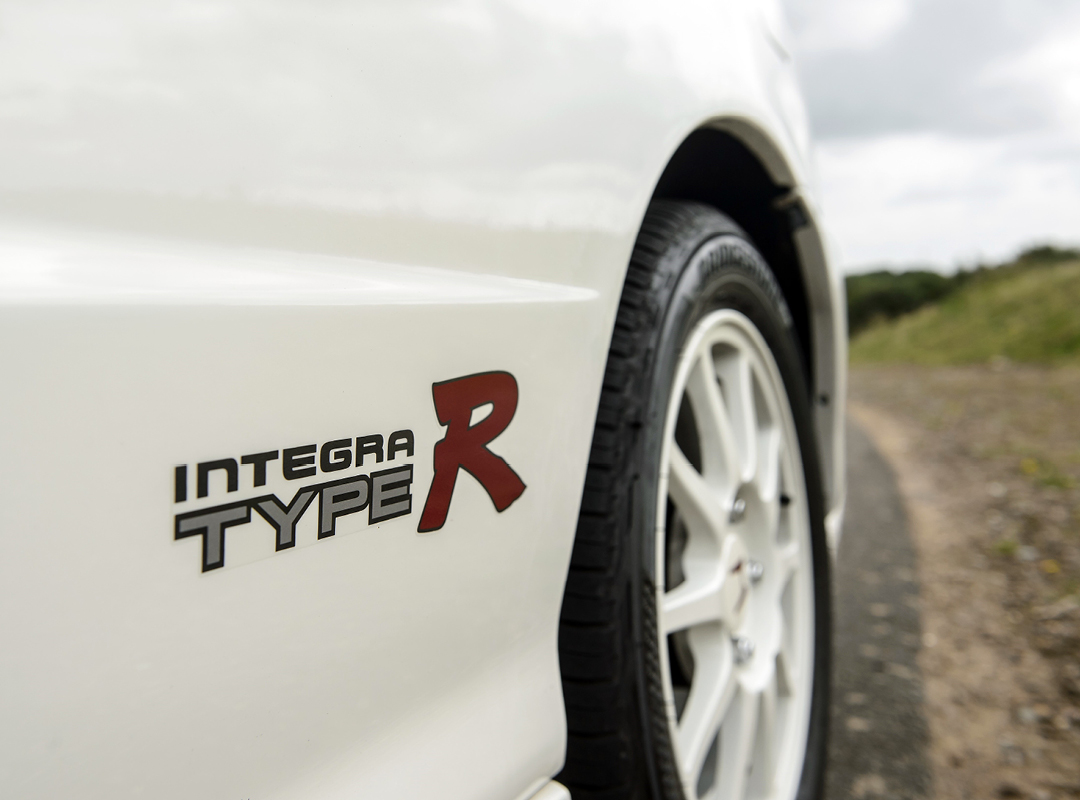
The most important changes, however, came under the bonnet. The 1,797cc four-cylinder engine was hand built, with molybdenum-coated aluminium pistons, lightweight connecting rods, redesigned intake valves, a larger throttle body and a bigger diameter exhaust. In UK spec, this resulted in a peak output of 187 bhp at 7,900 rpm and a soaring 8,400 rpm red line (although rumour has it that the standard internals are good for more than 10,000 rpm). Power was sent to the front wheels via a five-speed gearbox with revised gear ratios and helical-type limited slip differential.
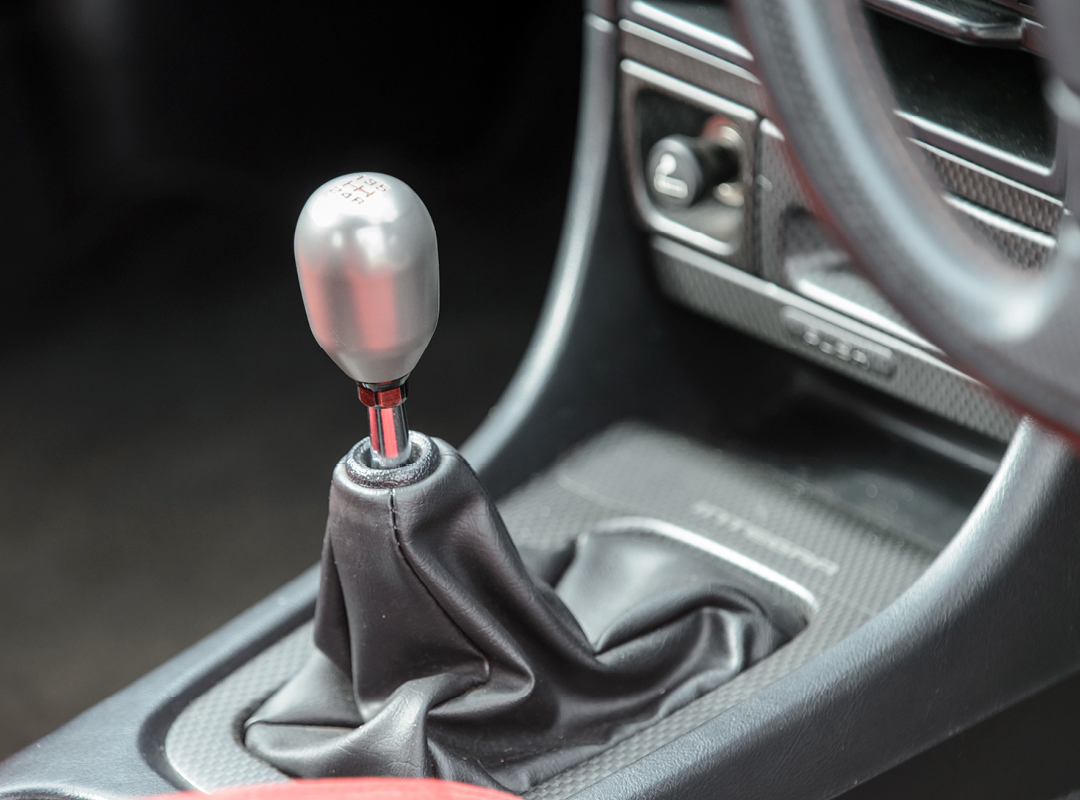
All very impressive, I’m sure you’ll agree, but can a 20-year old front-wheel drive Honda really live up to the hype? To find out, we’ve borrowed the car you see here. Originally supplied as a company car to an executive at Honda UK it found its way into private ownership for a number of years before being bought back and put on the company’s heritage fleet.
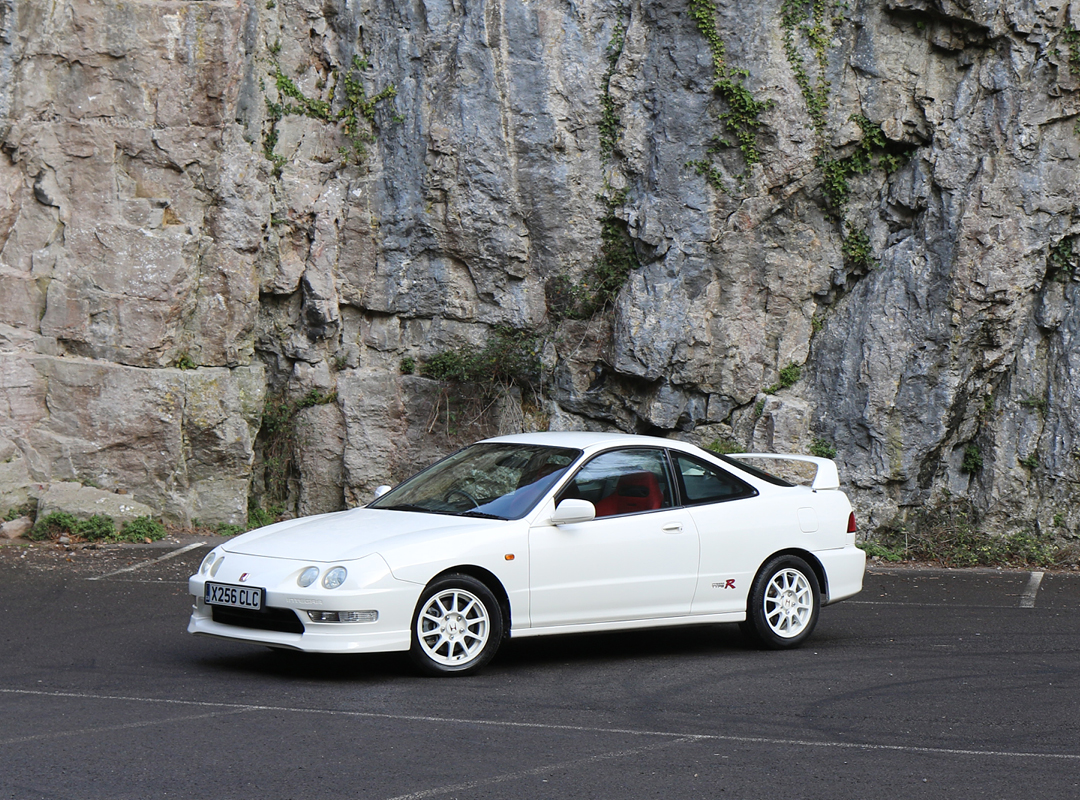
There’s an unmistakable whiff of nineties Honda about the interior, but you can’t help being seduced by the details: The titanium gear knob, the 10,000 rpm rev counter and the bright red cloth seats that appear to have been pinched from a passing Ferrari F40. It’s one of those rare cars that feels special from the moment you pull away; the diff chuntering slightly and the steering heavy by modern standards, but every movement utterly proportional to your inputs. Even the indicator stalks have a beautifully judged action.
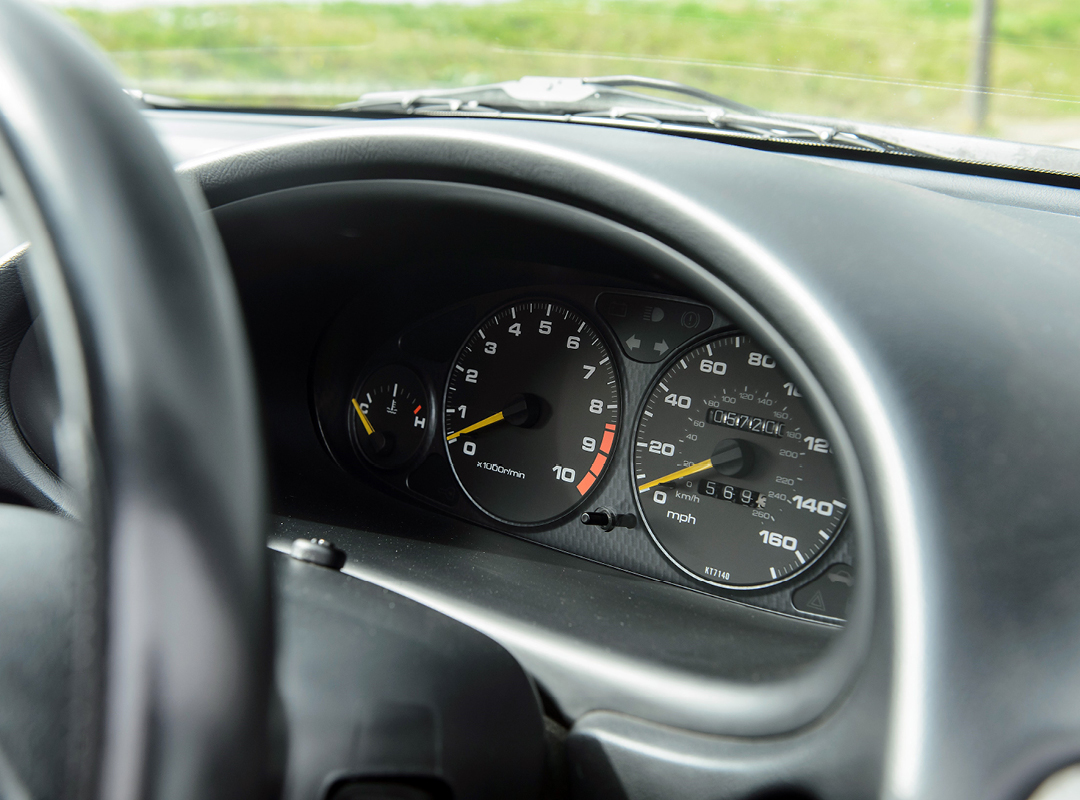
The one thing it doesn’t feel initially is fast. You probably know what’s coming next. I thought I did too, but even as we pass the hallowed VTEC switchover point at 5,900 rpm the fireworks don’t really materialise. Just for a second, I start to wonder if the legend of the Integra Type R has been a little over-sold. By 7,000 rpm every shred of mechanical sympathy is screaming at me to ease off, but then something really rather wonderful happens. The last 2,000 rpm or so are an explosive blur of noise and acceleration. The Integra transitions onto a whole other plane, almost as if a second VTEC step has engaged. Even by modern standards it feels genuinely quick, while the soundtrack and the throttle response are in a different league to the current breed of ploddy, turbocharged inline-fours.
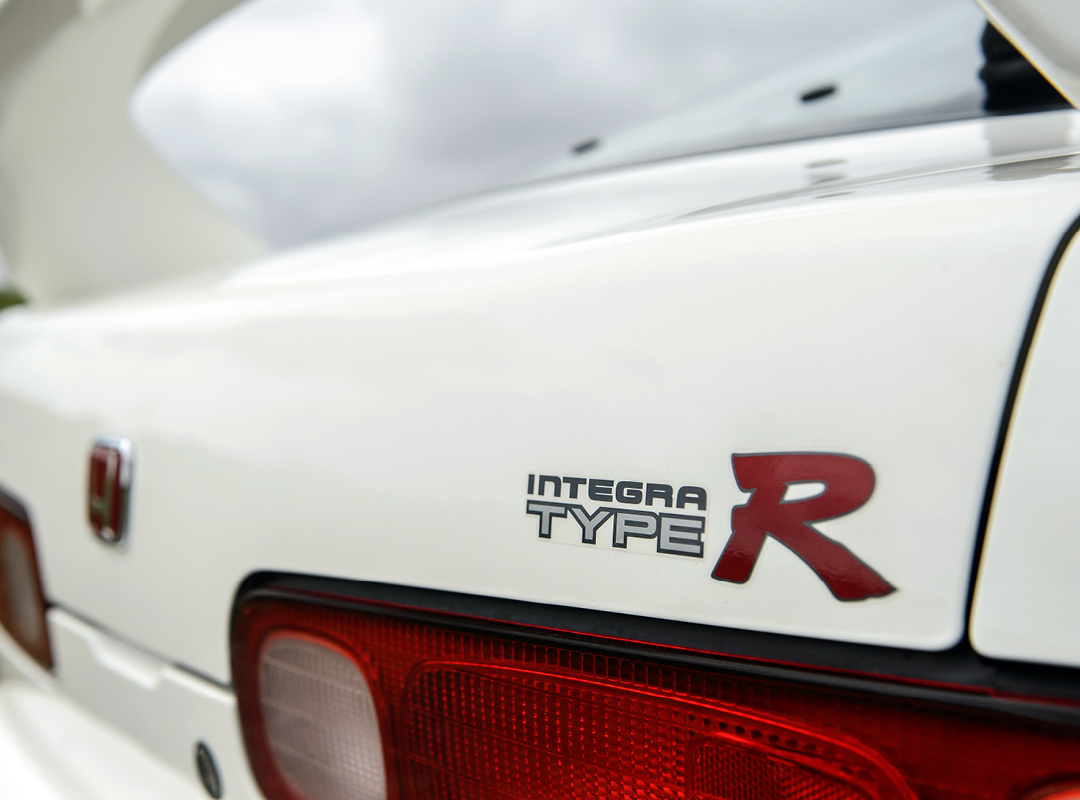
Drive it like this and the brooding potential that you can sense in the Type R at lower speeds gives way to true greatness. The steering lightens up and delivers the sort of rich, textured feedback that you simply don’t get in most modern cars. There’s a decent amount of grip too, even on the cold, damp November roads. Occasionally, there’s the slightest hint of torque steer in the lower gears, but it’s nothing like the wrestling match that some powerful front-wheel drive cars would serve up in these conditions. In the dry, I doubt you’d notice any at all.
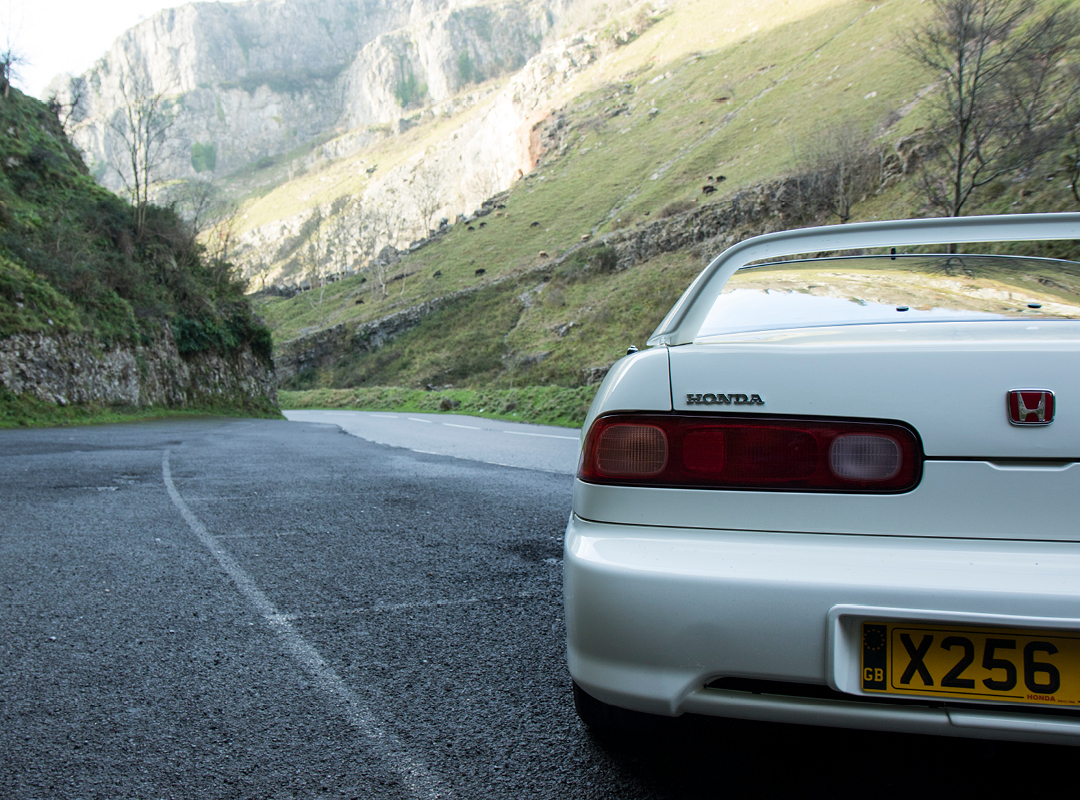
That clever diff also plays a role in the corners, pulling the front end round and catapulting you out of the bends. Eventually, the nose does start to wash wide, but ease off and the balance neutralises. A more abrupt lift and the rear end will start to slide, gently and predictably. It is exactly how you’d hope a really well set up front-wheel drive car would handle. But it’s that incredible engine that steals the show. Very few cars have the same ability to make a trip to the shops feel like a qualifying lap. In fact, absurd as this sounds for a £10,000 Honda, there’s more than a hint of 911 GT3 to the Integra Type R, even when you’re bumbling around town.
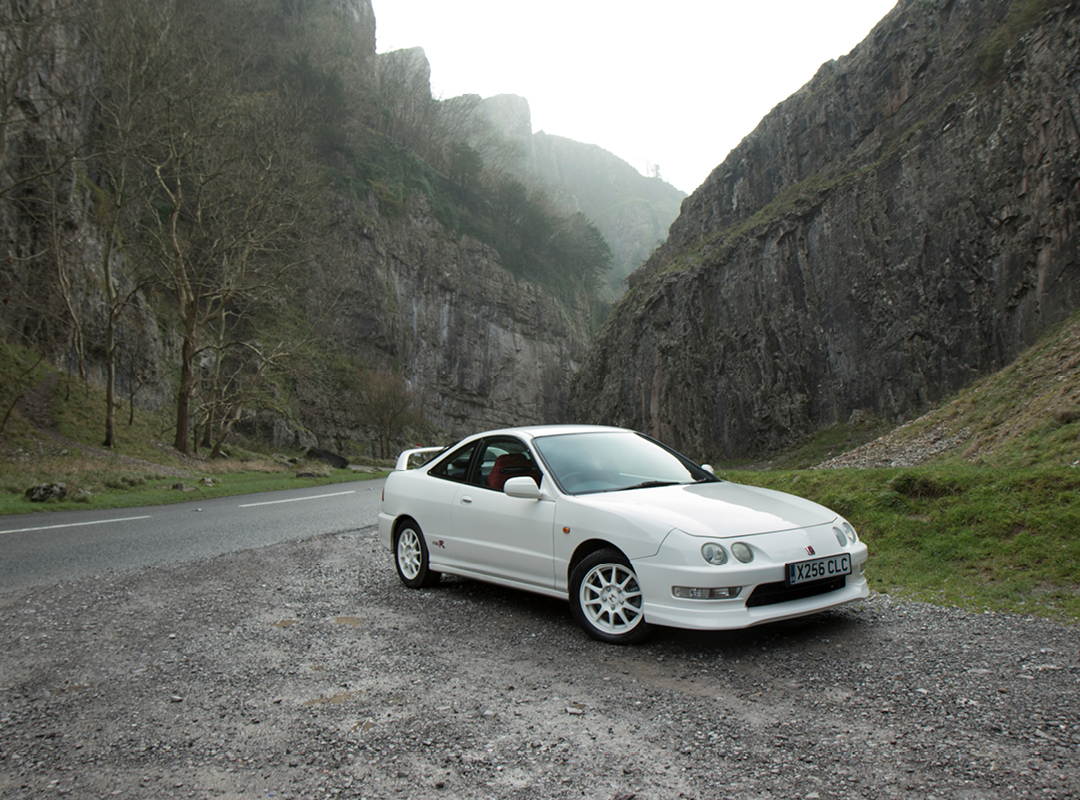
If you were to drive it every day it’s possible that the Type R’s highly strung nature would start to grate. The harsh, jiggly ride never entirely settles down, you’re constantly aware of the minimal sound deadening and after a while your back starts to remind you that those stunning Recaro seats were built for support rather than comfort. Yet there’s a sense of purity here that ranks alongside the very best drivers cars.
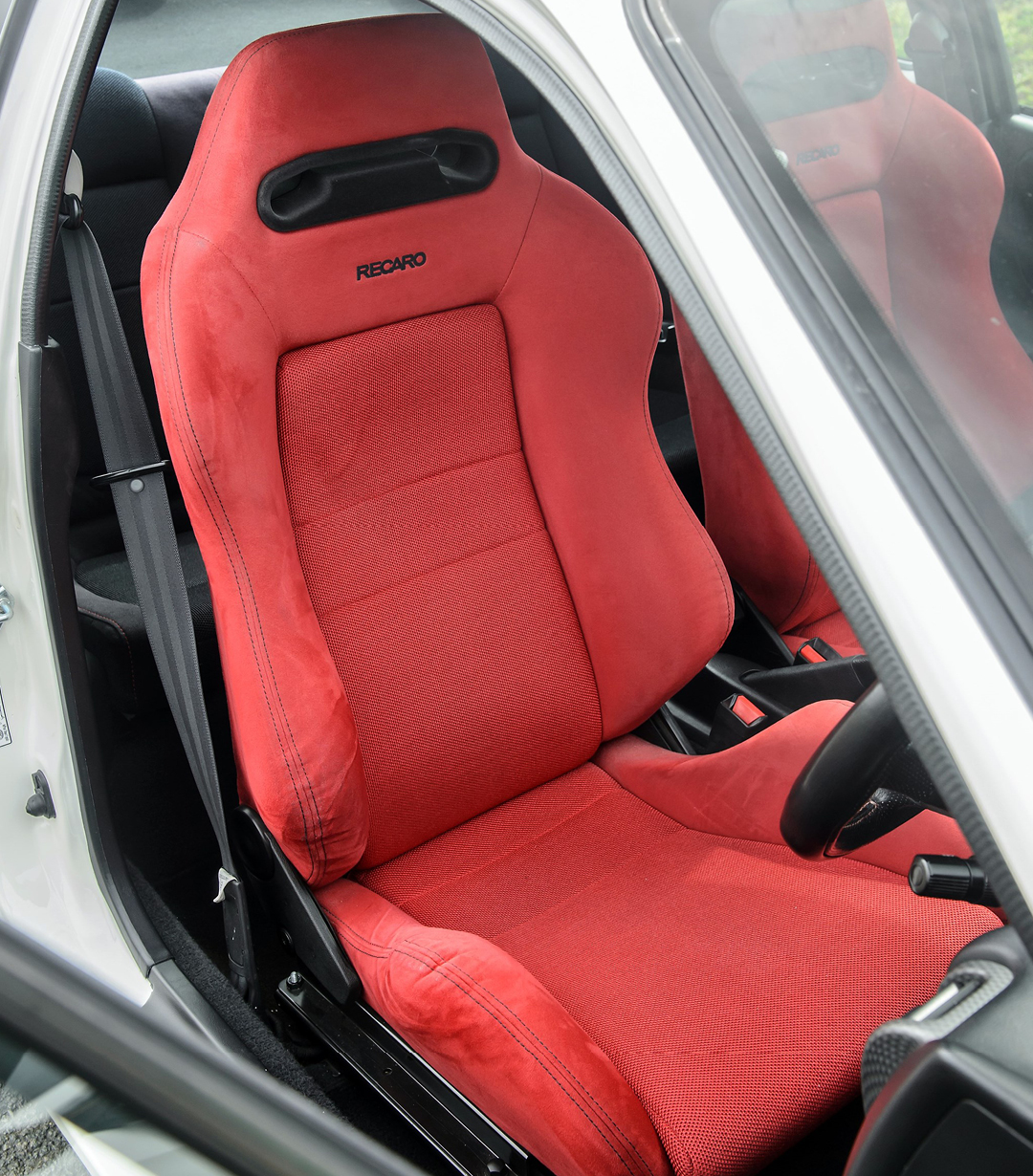
And that brings us to the conclusion. If I’m honest, I used to think the boat had sailed for the Integra Type R. Good ones now command nearly twice what they did a few short years ago.
But on the right road, it serves up a sense of occasion that still matches cars at 10 times the price. In that regard, it remains an utter bargain.
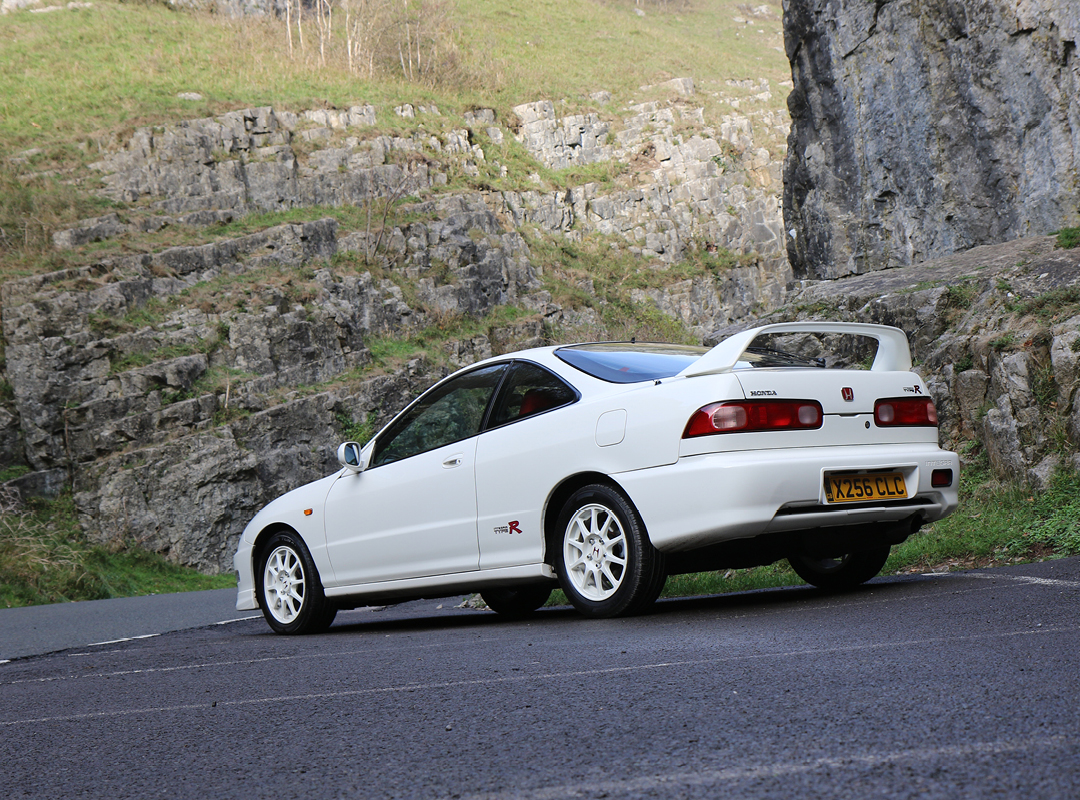
CLICK TO ENLARGE










